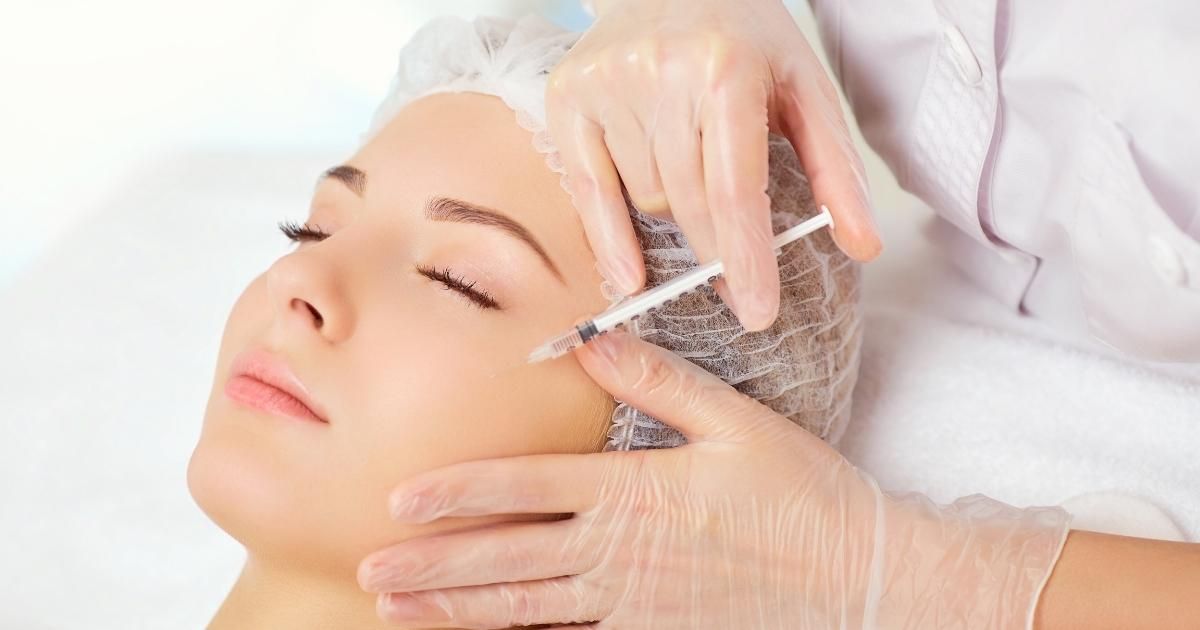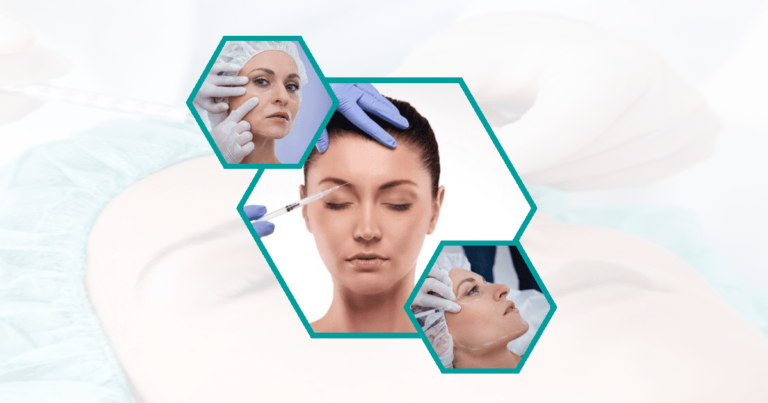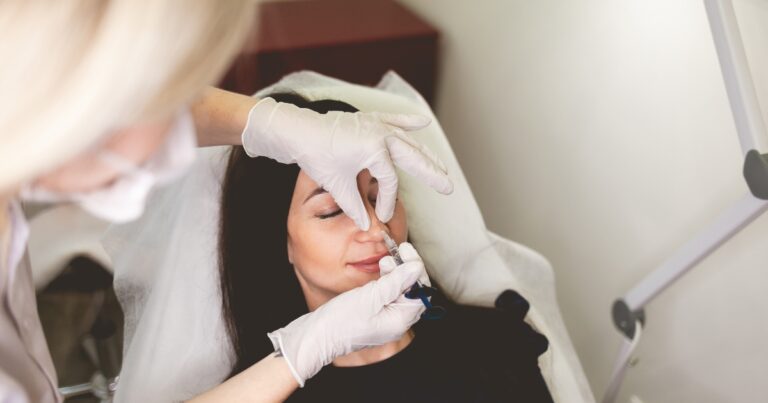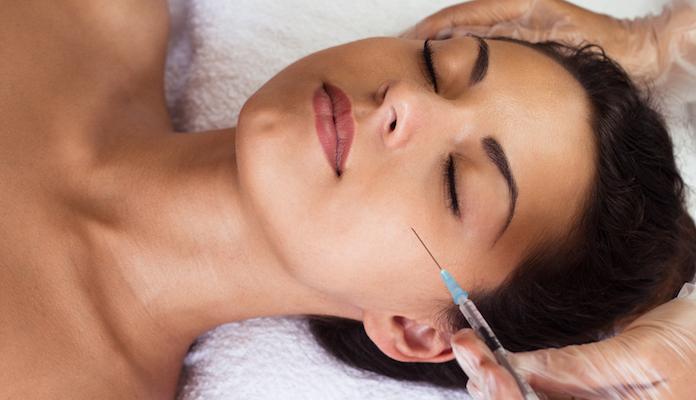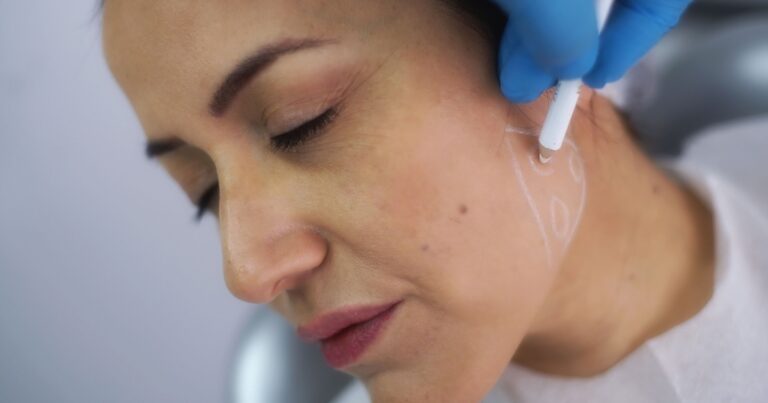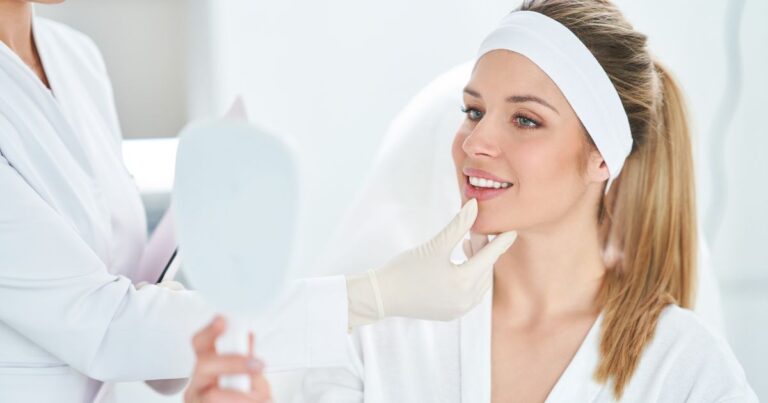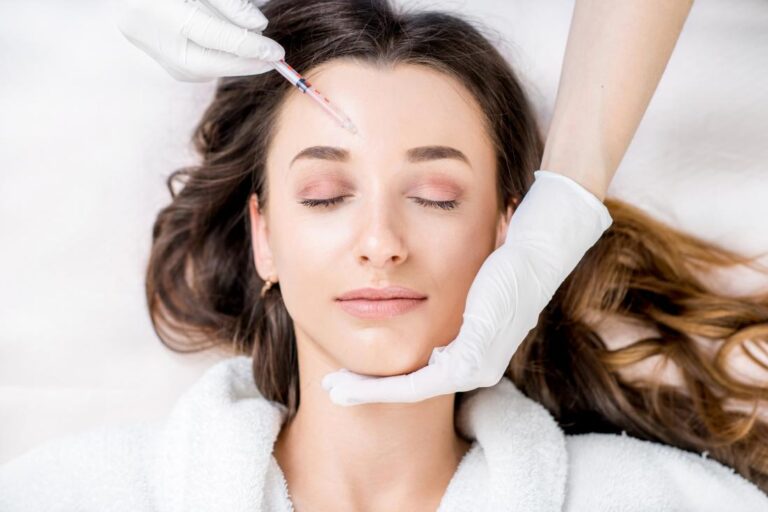Botox as a Preventative Measure has gained traction among younger demographics who are turning to this treatment not solely for correction but increasingly for its preventive benefits.
According to a 2019 research from the American Society of Plastic Surgeons, Botox operations performed on those aged 20 to 29 grew by 28% between 2010 and 2019. It’s clear that Botox’s reputation has evolved, but why is this the case? This article explores this topic in detail.
Why Consider Botox as a Preventative Measure?
Botox can help prevent the formation of wrinkles by relaxing the muscles that cause them.
It can target areas prone to wrinkles, such as the forehead, between the eyebrows, and around the eyes.
- Starting Botox early can help maintain a more youthful appearance as it prevents the deepening of wrinkles.
- It may delay the need for more invasive procedures, such as facelifts, by addressing early signs of ageing.
- Botox treatments can train the muscles to relax, reducing the likelihood of developing deeper wrinkles.
When is the Right Time to Start Botox?
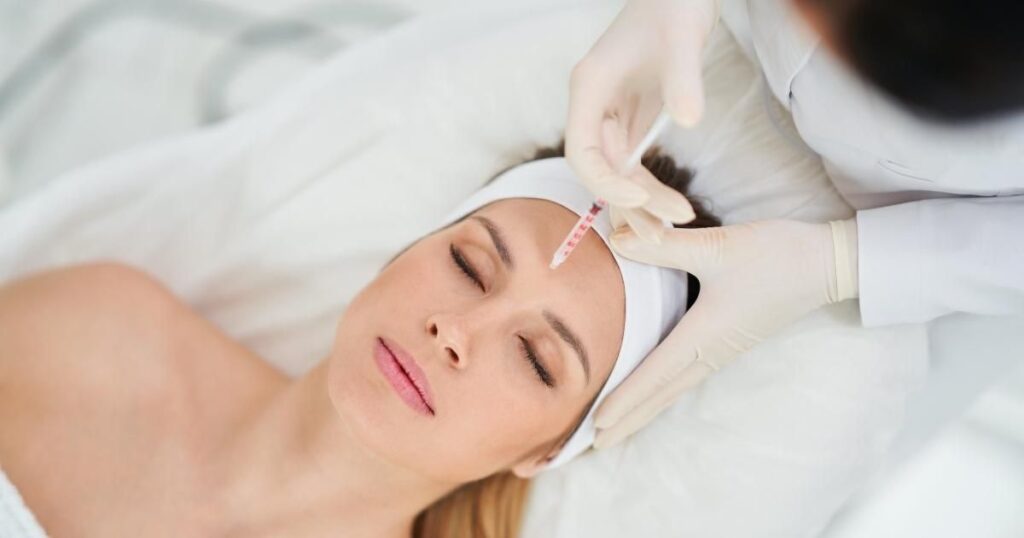
Experts recommend beginning prevention in your late 20s or early 30s, depending on your skin type and lifestyle.
Book A Consultation With Dr Tarek Bayazid
Top-rated Plastic Surgeon For Botox in Dubai
Installment Plan Available
| Age Range | Considerations for Starting Botox |
| 20s | – Preventative measures to delay the onset of wrinkles. |
| – Target specific areas prone to early signs of ageing. | |
| – Maintain a more youthful appearance. |
| – Address dynamic wrinkles caused by facial expressions. | |
| 30s | – Begin addressing early signs of ageing and fine lines. |
| – Prevent deeper wrinkles from forming. | |
| – Maintain a refreshed and youthful look. |
| – Enhance overall skin texture and tone. | |
| The 40s and beyond | – Address moderate to severe wrinkles and sagging skin. |
| – Combine with other anti-ageing treatments for best results. | |
| – Restore a more youthful and rejuvenated appearance. | |
| – Consider individual skin concerns and desired outcomes. |
Is Botox as a Preventative Measure Safe?
Botox is considered safe for most individuals, mainly when performed by a trained professional. Side effects, though rare, can include mild bruising or headache. These side effects usually go away quickly. It has been approved for use by health organisations. Always consult with a healthcare provider first.
What are the Alternatives to Botox?
While Botox is popular, there are alternatives like retinoids, laser treatments, and fillers that can also serve as ageing preventative measures.
- Retinoid creams are a topical skincare alternative.
- Laser treatments can also help with wrinkles and ageing.
- Fillers are another type of injection that can smooth skin.
- Healthy lifestyle choices can also serve as natural alternatives.
- Always consult with a healthcare provider for personalised advice.
How Frequently Should You Get Botox?
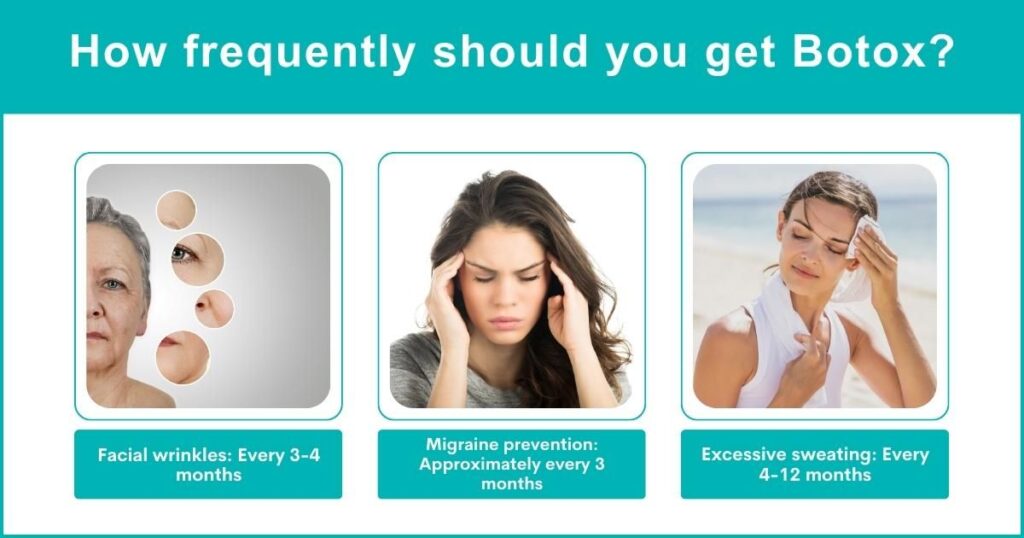
The frequency of Botox injections can vary depending on individual factors and the specific treatment being addressed. But here are some broad principles to follow:
- Facial wrinkles: An injection of Botox for cosmetic purposes is usually repeated every 3-4 months to maintain the desired effect.
- Migraine prevention: Botox treatments are usually administered approximately every 3 months to sustain the therapeutic benefits for chronic migraines.
- Excessive sweating: In cases of excessive sweating, Botox injections may be required every 4-12 months, depending on individual response and severity.
Does Botox Have Any Other Benefits?
Yes, apart from being a preventative measure for wrinkles, Botox can help with chronic migraines, excessive sweating, and muscle stiffness.
Botox injections can be used for the following medical conditions:
- Neck spasms (cervical dystonia): Alleviates pain by relaxing the uncontrolled contractions of neck muscles.
- Muscle spasms (including eye twitching): Provides relief for conditions such as cerebral palsy, where muscles pull inward or cause eye twitching.
- Lazy eye (strabismus): Corrects misalignment of the eye muscles, commonly known as crossed eyes.
- Excessive sweating (hyperhidrosis): Reduces excessive sweating even when not physically exerted or in a hot environment.
- Migraine prevention: Helps reduce the frequency of chronic migraines, typically administered every three months.
- Overactive bladder: Reduces urinary incontinence associated with overactive bladders.
Can Men Benefit from Botox?
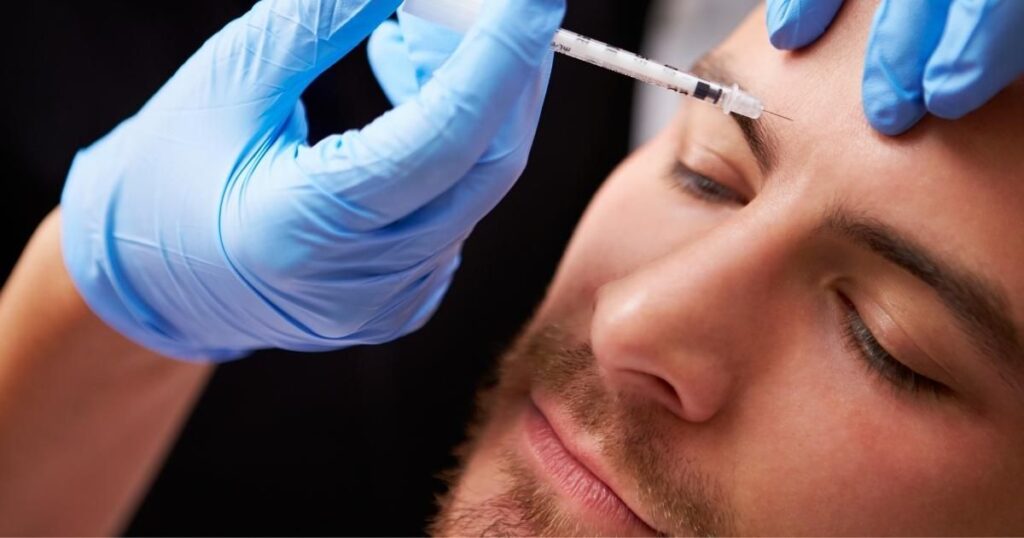
Recent studies indicate a rising trend in men seeking cosmetic procedures, although women still constitute the primary consumer base. Botulinum toxin injections like Botox, Dysport, and Xeomin are popular for both genders, offering anti-ageing benefits. An increase of 337% since 2000 in botox injections for males was reported by the American Society of Plastic Surgeons in 2014.
- Men can benefit from Botox treatments to reduce the appearance of frown lines or “11” lines between the eyebrows.
- Botox can soften forehead wrinkles and lines, resulting in a more youthful and relaxed appearance.
- Men often seek Botox for crow’s feet, the lines that form around the outer corners of the eyes.
- Botox can also minimise the appearance of neck bands or “turkey neck” for a more defined and youthful jawline.
- Men can benefit from Botox for excessive sweating (hyperhidrosis) by reducing sweat production in areas like the underarms.
- Botox can provide subtle enhancements to facial features, such as reducing the appearance of a gummy smile or correcting a drooping nasal tip.
What to Expect After Your First Botox Injection?
You can anticipate the following after receiving your first Botox injection:
- Initial effects: It may take a few days for the full effects of Botox to become noticeable. The injection site may initially be red or swollen, but this should pass quickly.
- Gradual improvement: Over the next week or two, you should start to notice a reduction in wrinkles or muscle spasms in the treated area. The results are temporary and typically last for a few months.
- Minimal downtime: Botox injections are minimally invasive, allowing you to resume your regular activities immediately afterwards. However, avoiding strenuous exercise or rubbing the treated area for the first 24 hours is advisable.
Preventing ageing through Botox is a proactive approach, enabling individuals to maintain a youthful appearance for longer. While it might seem intimidating to some, understanding the process, benefits, and safety measures helps to shed light on why more people, regardless of age or gender, are turning to Botox for future benefits.
Book a Consultation with Dr Tarek Bayazid to take the proactive step towards maintaining your youthful appearance. Let our team of healthcare professionals help you with Botox or any other treatment you are considering.
Connect with us today and start your journey towards a more confident and vibrant you. A healthcare professional should always be consulted before making any decisions.
